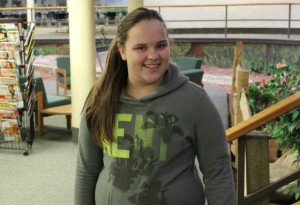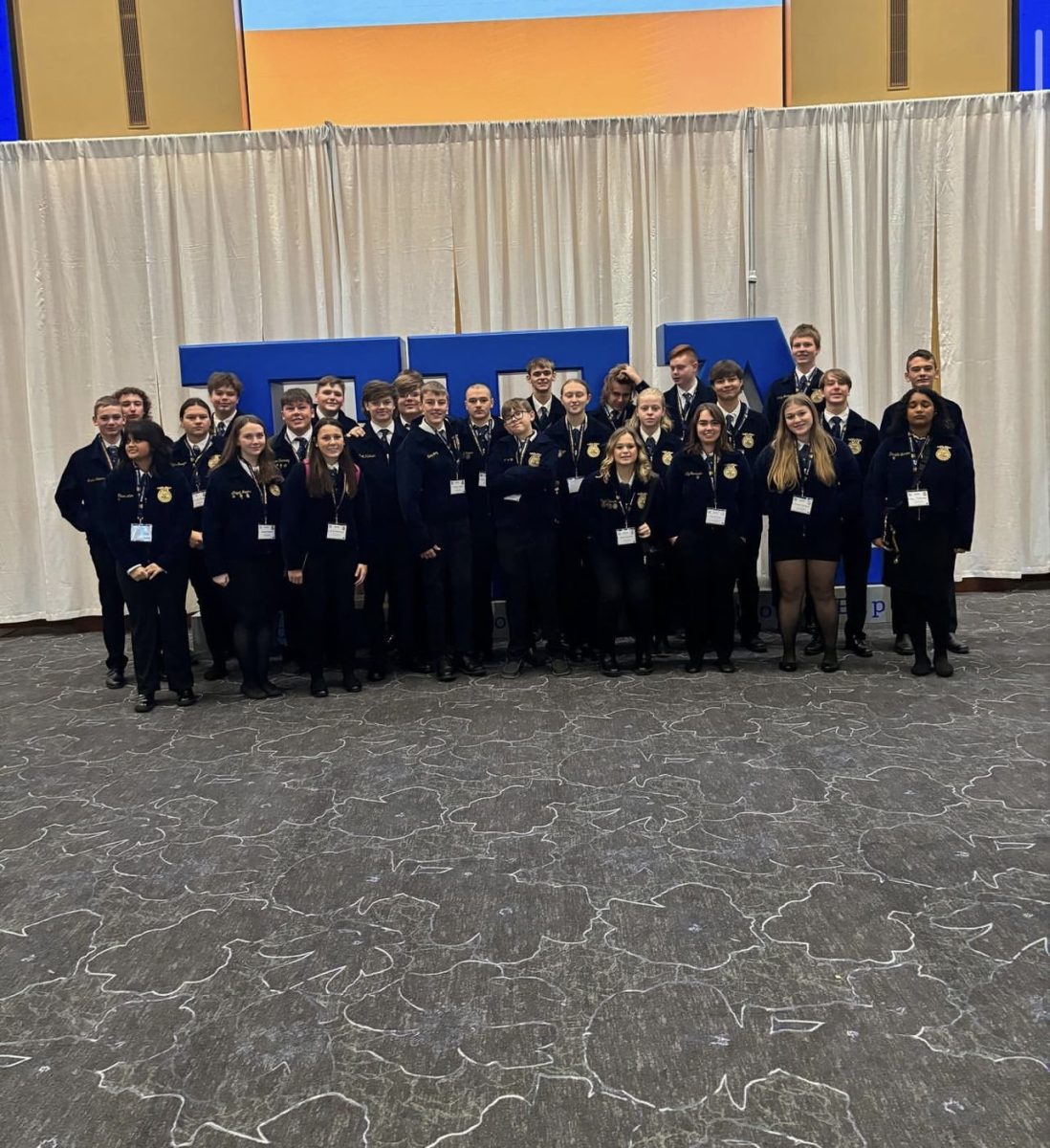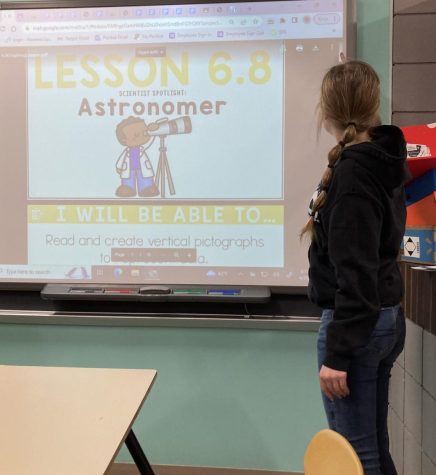SAT undergoes positive changes
When juniors and seniors sign up to take the SAT’s this spring, they should prepare to encounter a whole new test that is designed to be more useful than ever before. The new SAT has had eight key changes that prepare students for success in college. The new changes include returning to the 1600 point scale, supporting answers with evidence sections, no penalization for wrong answers, and more relevant vocabulary words. Every SAT will include a founding document such as the Declaration of Independence, a new essay portion that resembles a college writing style, and fewer math topics. Some of these changes are minute, and almost unnoticeable. However, some are cause for concern, or mainly, excitement.
The first main change affects the infamous vocabulary section. In the past, students would spend hours studying obscure words that they will never encounter in day-to-day-life. The redesigned SAT will now ask students to interpret the meaning of a word as it is used in a sentence. The words will be more common, ones that students use throughout all of their future endeavors.
The new SAT will now focus on the areas of math that actually matter. It will focus in depth on three essential areas of math: problem solving and data analysis, the main points of algebra, and a section of advanced math. Problem solving and data analysis includes using ratios, percentages, and proportional reasoning to solve problems in science, social science, and career contexts. The algebra portion focuses on the mastery of linear equations and systems. Advanced math will focus on more complex equations.
The other changes to this exam are rather similar. In summation, students will just be asked to utilize life skills and applications in the exam, which is set up to prepare them for college-like exams. They will have to edit and revise articles they read, and then relate them to science and social constructs.The SAT will no longer be a meaningless test; instead, it will challenge and educate students for the future.

Miranda Edwards is a senior at Delphi Community High School and this will be her third year on the Parnassus staff. She is also a member of the yearbook...


















